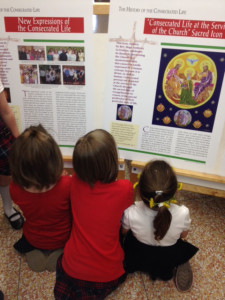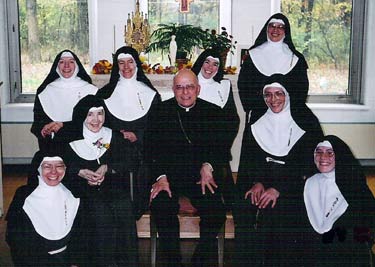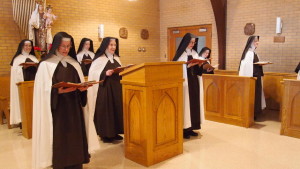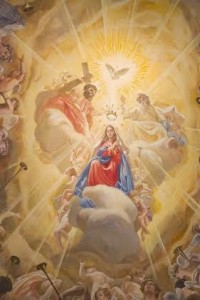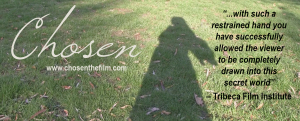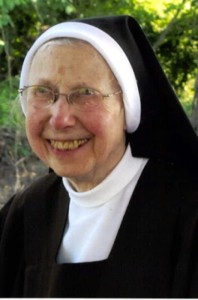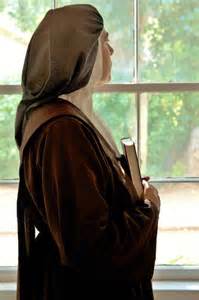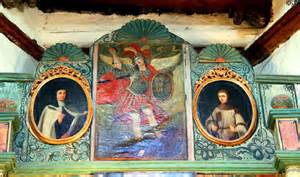 John Green Hanning (d. 1908) was a headstrong, hot-tempered son of a farmer who became the humble and gentle son of the Mother of God as a Trappist brother at the Abbey of Gethsemane in Kentucky. His story was recounted in the best selling book The Man Who Got Even With God, which is available online from Amazon.com for 99 cents (see From Cowboy to Contemplative).
John Green Hanning (d. 1908) was a headstrong, hot-tempered son of a farmer who became the humble and gentle son of the Mother of God as a Trappist brother at the Abbey of Gethsemane in Kentucky. His story was recounted in the best selling book The Man Who Got Even With God, which is available online from Amazon.com for 99 cents (see From Cowboy to Contemplative).
John Green Hanning was born in Kentucky in 1849. He wasn’t a bad boy but he had a temper and was stubborn as a mule. After a dispute with his father, he burned the family barn down with all the stored crops inside and ran away from home and headed southwest to be a cowboy. His parents were heartbroken. For nine years, they had no word from their son.
During this time he was far from God and the Church. When he finally came home, he was received with open arms. As the author, Fr. M. Raymond, O.C.S.O, said, “Love is so forgiving and so forgetful.” He eventually came back to the Church, got engaged but determined, much to everyone’s surprise, including himself, that he was called to religious life.
The story of the taming of this wild stallion into the gentle Br. Mary Joachim, O.C.S.O., will astonish and amaze you and finally bring you to tears. Find a used copy or download the kindle version. It’s a timeless story of love, forgiveness and transformation of a man into a gentle giant of faith.
The God of love is never beaten! Somehow, sometime, someplace or through some person He finds a way of stretching out His hand to the boldest, brazenest, blindest, most defiant.
He made a “saint” of John Green Hanning.

